(Front)Nagoya Obi(Back)Komon Kimono
Drawing Memories on white fabric,
countless dots become a single line,
and when worn, they transform into a surface.
The tension of dyed boundaries—
beyond them lies the supple, poised world of the modern woman.
Discover a piece that draws out your inner self
and gives you the courage to move forward.。
When:13th - 15th December
Where:Ginza Motoji - Waori Wasen
Meet the Artist
Friday 13th to Sunday 15th from 11am - 6pm
About Seiko Kokuta

Designs composed of lines and shapes that have been stripped down to the most basic elements; Kokuta’s work is truly one-of-a-kind, and her unique style can be recognized at a glance.
Batik dyeing is a technique of dyeing where melted wax is painted onto fabric with a brush, or stamped with a wooden block. The wax will block the dye from permeating the fabric, and the uncovered parts will take color. After dyeing, the waxed fabric is steamed and the wax is removed. The soft lines created by the wax are what make batik so unique.
Kokuta's batik dyeing is full of vigor, spontaneity, and life. She wants people to enjoy wearing kimono, she herself wears kimono often. Kimono can have many different looks depending on the wearer's taste. Please enjoy the infinite possibilities of lines and surfaces.
At Ginza Motoji we have held a Kokuta Seiko exhibition every two years since 2001.
Exhibited at the 30th anniversary exhibition in 2010
2015 35th Anniversary Exhibition
2020 40th Anniversary Exhibition
What is Roketsu-some?
Rōketsuzome is a traditional dyeing method where wax is used to resist dye on fabric and create patterns. It is believed to have been introduced to Japan in 8th century. It is recognized as one of the three resist dyeing techniques of the Tenpyō Era (729 through April 749). Roketsu-some textiles can also be found in the Shōsōin Repository.
The process involves applying melted wax to create patterns on the fabric, which is then followed by dyeing. Once the wax is removed and the fabric is rinsed, the areas that were covered with wax remain white, resisting the dye. To achieve multiple colors, this process is repeated. Additionally, variations can be made by adjusting the thickness of the wax or intentionally cracking the dried wax to create unique patterns, allowing for diverse artistic expressions.
 名古屋帯
名古屋帯
 袋帯
袋帯
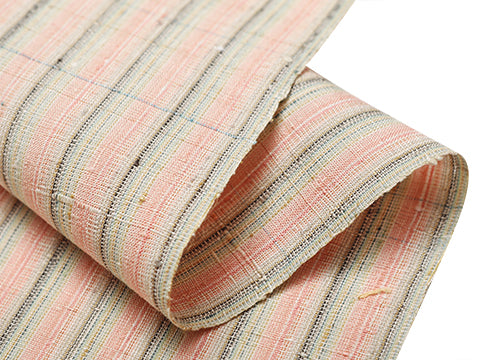 紬・綿・自然布
紬・綿・自然布
 小紋・江戸小紋
小紋・江戸小紋
 訪問着・付下げ・色無地ほか
訪問着・付下げ・色無地ほか
 浴衣・半巾帯
浴衣・半巾帯
 羽織・コート
羽織・コート
 肌着
肌着
 小物
小物
 履物
履物
 書籍
書籍
 長襦袢
長襦袢
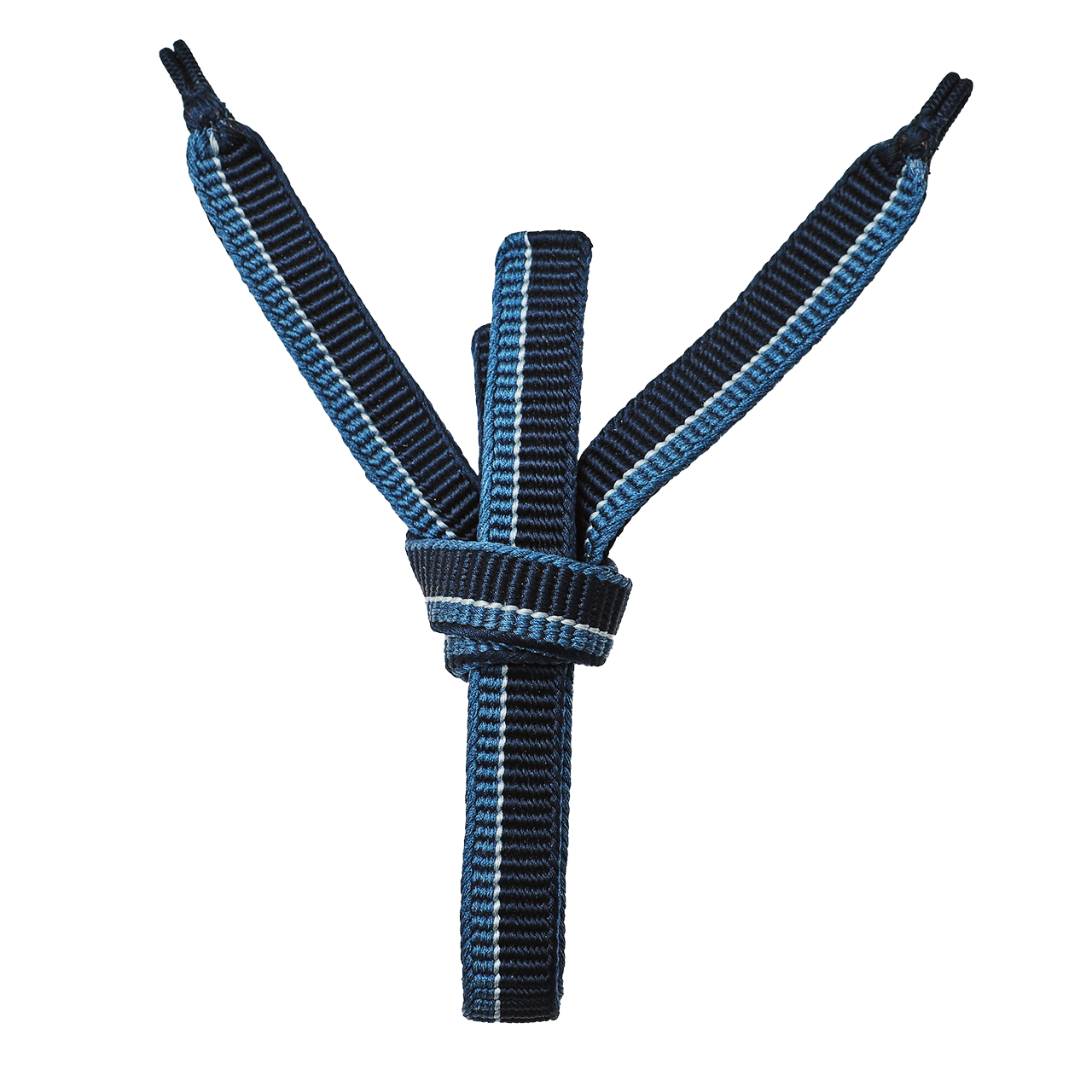 小物
小物
 帯
帯
 お召
お召
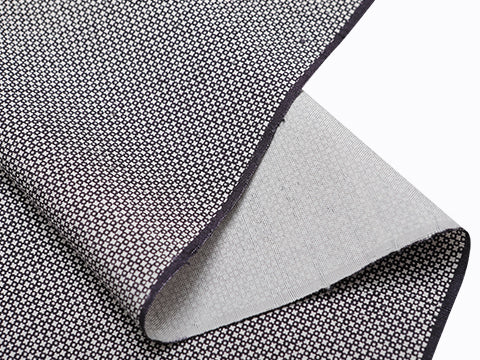 小紋・江戸小紋
小紋・江戸小紋
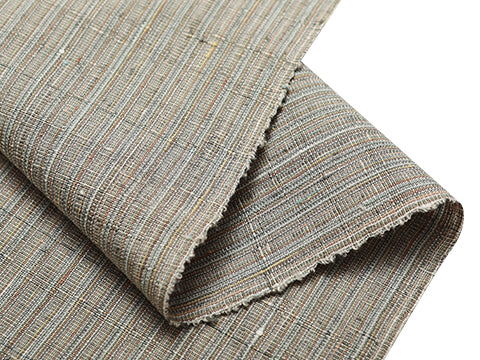 紬・綿・自然布
紬・綿・自然布
 袴
袴
 長襦袢
長襦袢
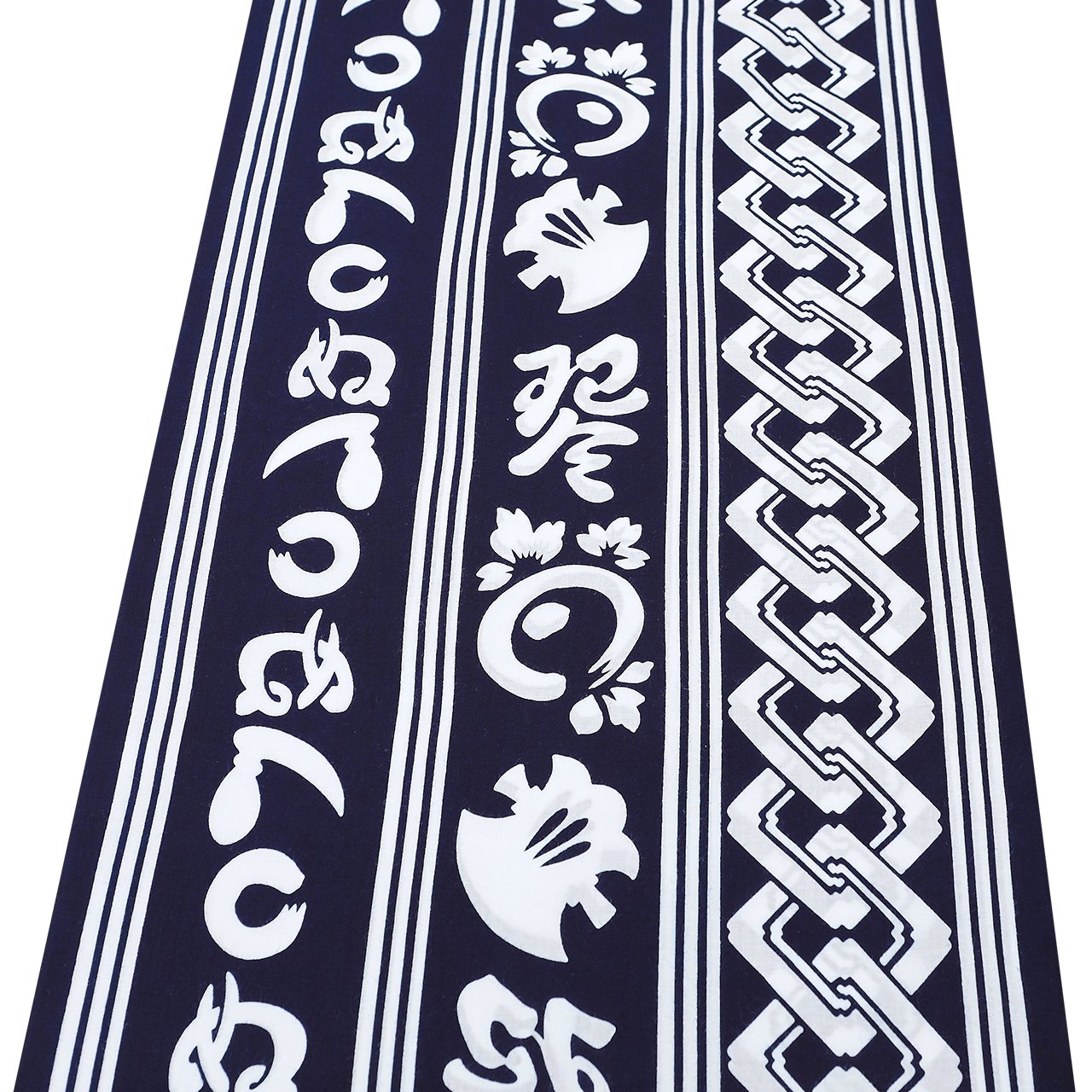 浴衣
浴衣
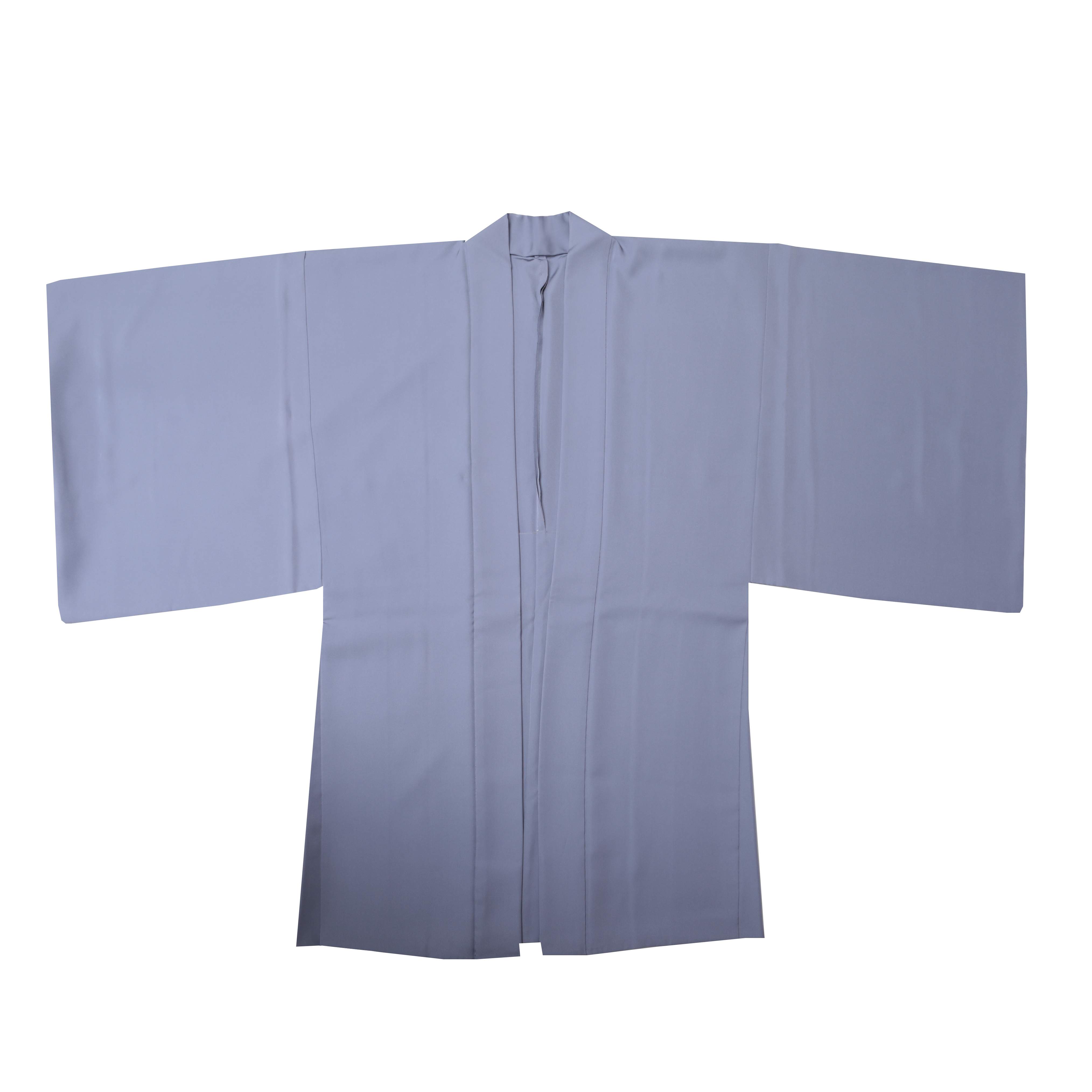 羽織・コート
羽織・コート
 額裏
額裏
 肌着
肌着
 履物
履物
 紋付
紋付
 書籍
書籍
